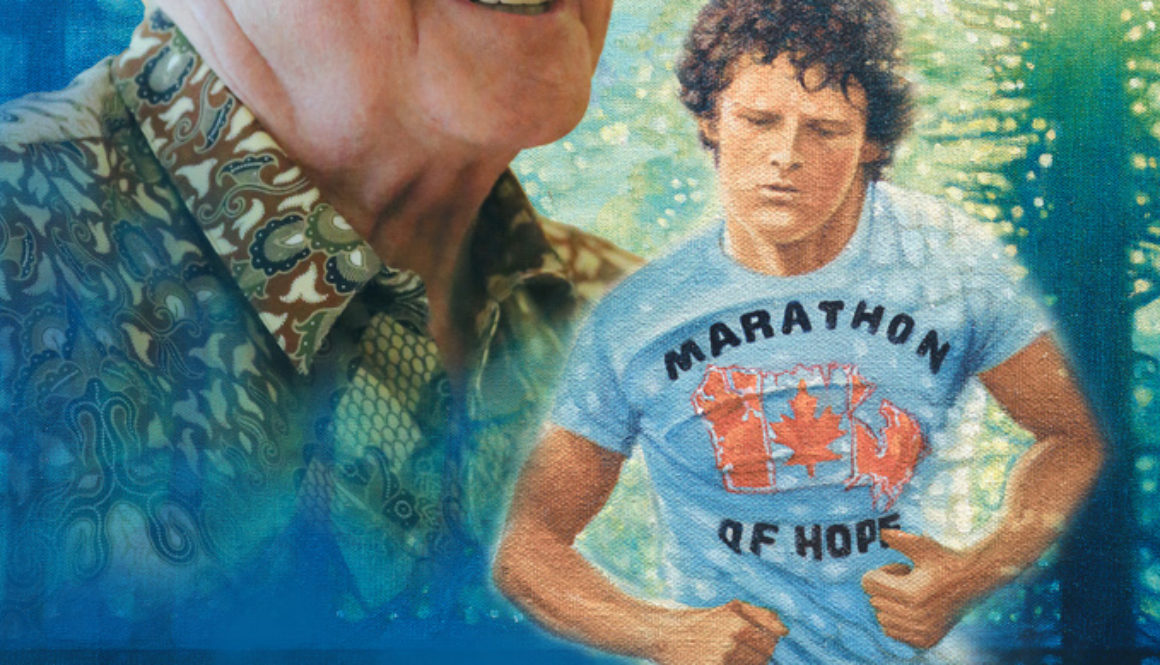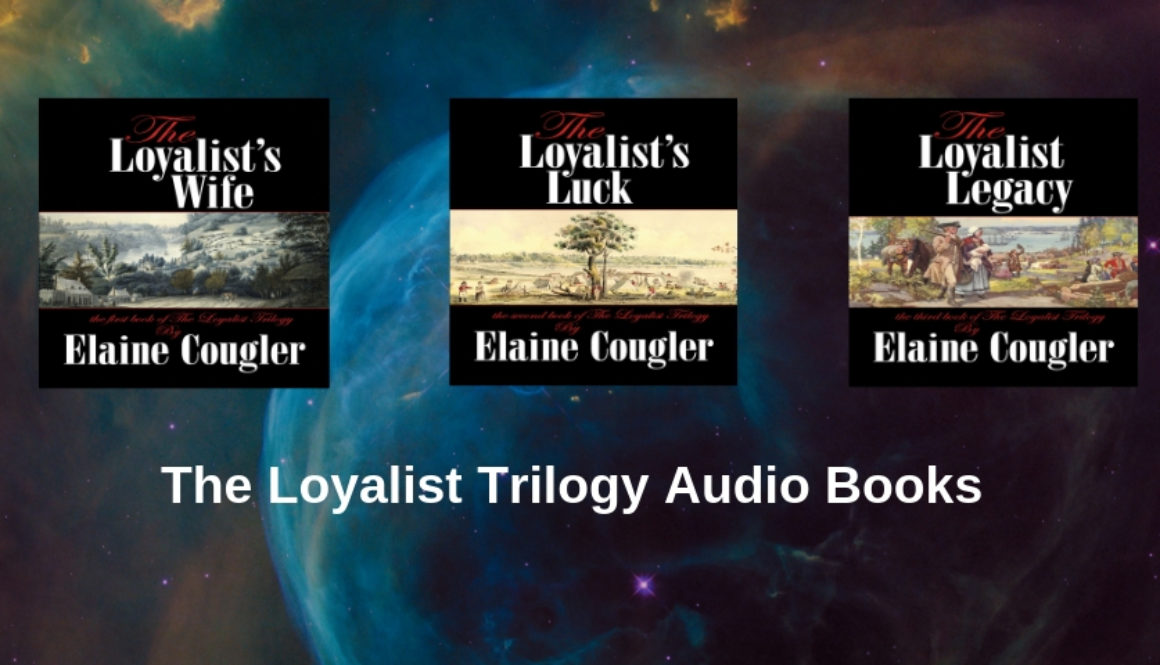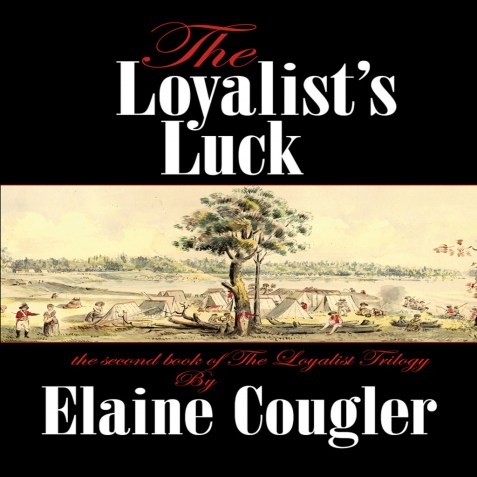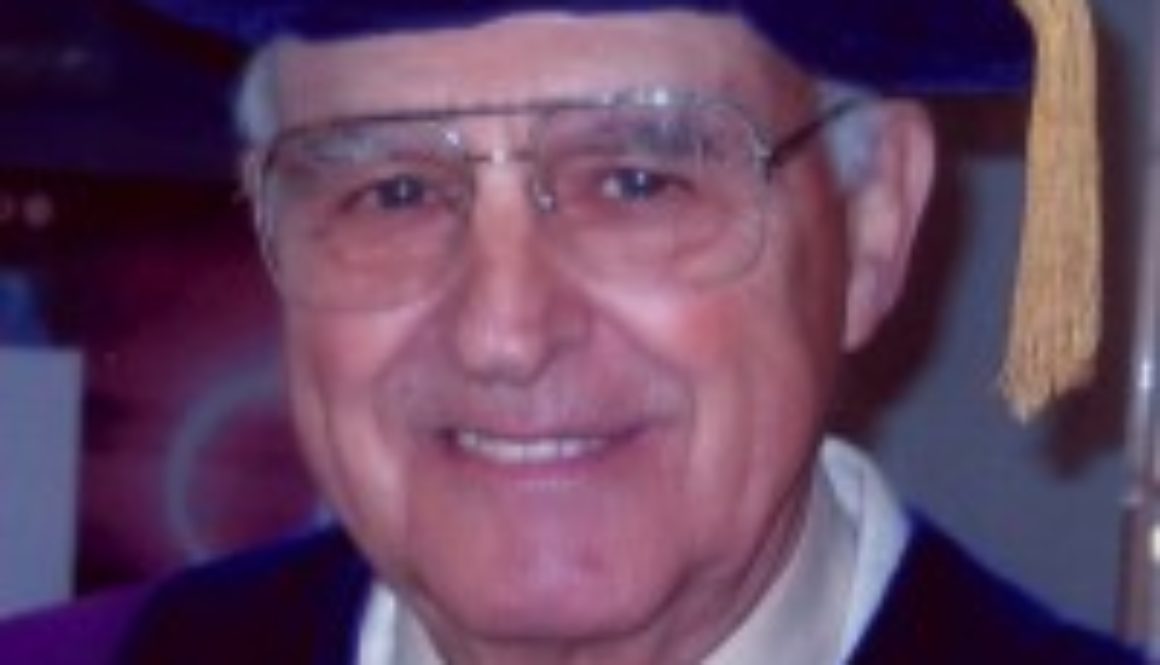No Time For Reading?
 You know you should read. Your people taught you to read. You know it teaches you, it calms you, it excites you, and it even intrigues you and sometimes keeps you joyously awake all night.
You know you should read. Your people taught you to read. You know it teaches you, it calms you, it excites you, and it even intrigues you and sometimes keeps you joyously awake all night.
But you’re guilty of letting the rest of your life take you over so that you have no time to read. (Or do anything else for that matter!) You pick up your iPad at night and ignore that pile of books on your night table.
Here are some ways to keep reading in your life and to teach kids to keep it in theirs.
-
Buy or borrow books.
-
Make them about topics that spark your interest.
-
Stack them beside your bed.
-
Put the one you’re reading on top and pick it up often.
-
Pick a time to read. It may be 15 minutes before you go to sleep at night or it may be first thing in the morning. Whatever fits into your schedule.
-
Think about your reading as you talk to friends or take your morning coffee break.
-
Sit with your kids, your siblings, your parents, or your friends and read or talk about reading. You’ll be modelling the behavior you want your kids to emulate and the benefits to all of you will be fabulous.
-
Join a group like Goodreads where you can connect with people who read.
-
Write reviews for your books on Amazon and on Goodreads. (I now have 604 books on Goodreads that I have written reviews for.)
-
Commit to reading a certain number of books a year. My goal for 2019 is 24 but lots of members have more. I like to pick what I know I can manage and if I get more, all the better.
Favorite Books
Please share your books with friends but make them accountable. These are treasures you’re letting them read. If you really want to get excited about reading search out books that show the great links between reading and learning. OMG, it’s fabulous.
Come and visit me on Goodreads. I’ll be happy to share my Books Read list.
































